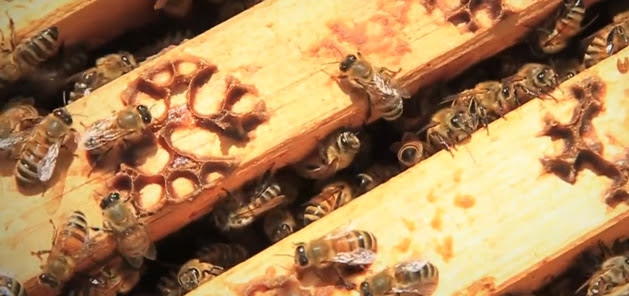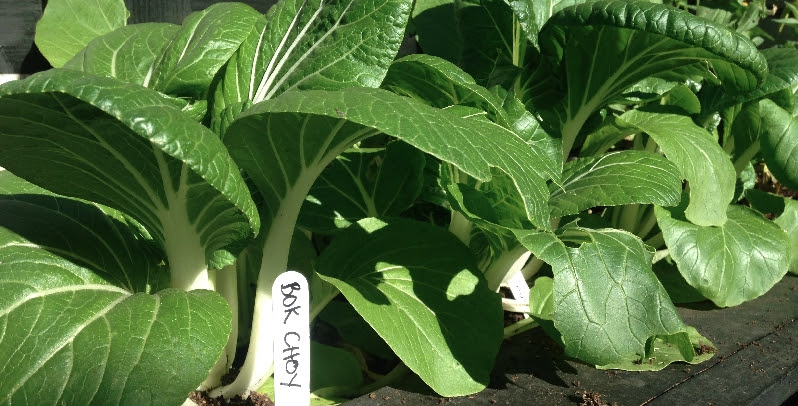Hello,
Hopefully you have lots of lovely lettuce in your garden. At home, I had to share about half of my lettuce with critters. The red salad bowl and oak leaf lettuce seems to be growing well. The lovely weather so far has been fantastic for the gardens! But since we haven’t gotten any rain in the last 10 days, the health of your seedlings and your carrot germination will depend on how well you are watering.
Once your lettuce gets to 5 or 6 inches, you can start harvesting by cutting the larger outer leaves, and letting the inner leaves grow. Take your salad bowl out into the garden and grab a couple of leaves of swiss chard, kale, different types of lettuce, a couple of tomatoes and a cucumber add some basil or other herbs and with some oil and vinegar – voilà! A fantastic fall salad from the garden.
Over the next month we will simply get the most possible out of our gardens and think about what we want for next year!
If you loved gardening this summer, and are sad to think of the next 4 months without fresh food from your garden you might want to try winter gardening. You can harvest kale, spinach, lettuce, carrots, beets, mâche, mustard greens and many other cold hardy vegetables all winter long. Winter gardening does not prolong the growing season, it prolongs the harvest season. Once there are less than 10 hours of sunlight per day (end of November) your plants will stop growing, but will hang out and wait for you to come and pick them.
Timing is important. Pick an area you can cover this winter and plant your hardy vegetables this week, and all you need to do is provide them with 2 layers of protection. Before the first hard frost, build a plastic tunnel over your garden (or a smaller box) and lay a floating row cover over the plants. Under these two layers the temperature will never go under -7 degrees – even if it is as cold as – 22 degrees outside. You will have a harvest window between 11:00am and 2:00pm when the plants thaw. Winter vegetables have a great taste are packed with nutrients.
Converting your garden for the winter is a service we are considering as an additional package. Is it something you would be interested in?
For more information on winter growing, check out Elliot Coleman – a market grower in Maine, wrote a wonderful book called The Winter Harvest Handbook.
Ultimate winter-optimized vegetable garden:

Best,
Tereska Gesing







